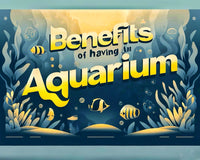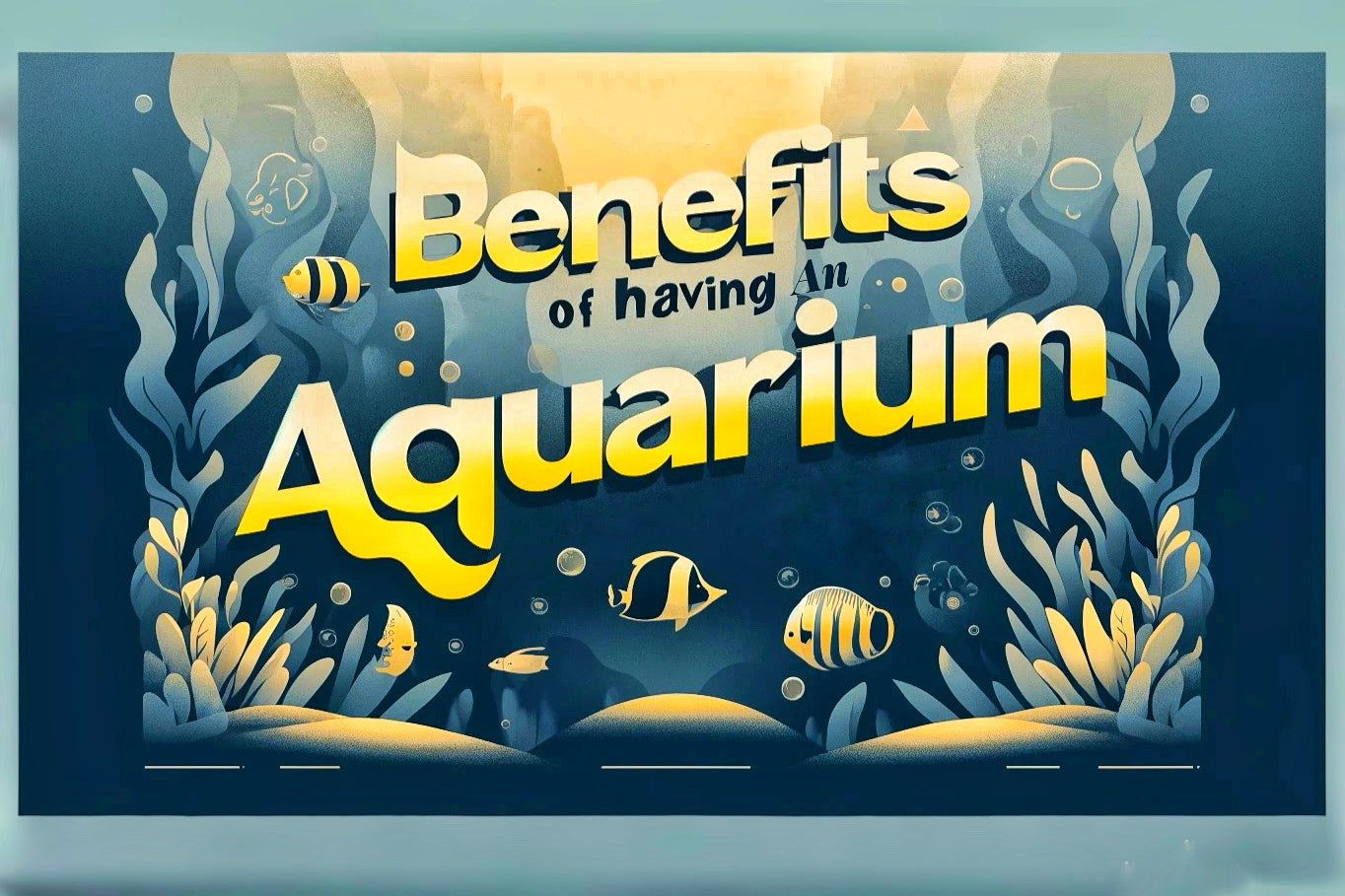Sea Spiders: The Creepy Crawlers of the Reef
What Are Sea Spiders?
Key Characteristics:
• Appearance: Sea spiders have a distinctive, elongated body with a small central body and long, spindly legs. Their leg span can range from a few millimetres to over 20 centimetres, depending on the species.
• Colour: They vary in colour from transparent to vibrant hues, often blending with their surroundings to avoid predators.
• Anatomy: Sea spiders possess a proboscis for feeding, chelifores (pincer-like appendages) for grasping prey, and ovigers (specialised legs) for carrying eggs in males.
Unique Behaviours and Adaptations
Sea spiders exhibit several fascinating behaviours and adaptations that allow them to thrive in diverse marine environments:
1. Feeding Habits:
• Sea spiders are carnivorous and primarily feed on soft-bodied invertebrates such as cnidarians (e.g., hydroids and anemones), sponges, and bryozoans. They use their proboscis to pierce and suck out the bodily fluids of their prey.
2. Reproduction:
• Unique among many marine creatures, male sea spiders are responsible for carrying and protecting the eggs. Females deposit eggs onto the male’s ovigers, where he carries and cares for them until they hatch.
3. Locomotion:
• Sea spiders move using their long, slender legs, which can span several times the length of their body. Their gait is slow and deliberate, allowing them to navigate the complex terrain of reef environments.
4. Respiration:
• Unlike many other marine animals, sea spiders lack gills. Instead, they rely on diffusion through their thin exoskeleton for gas exchange, making them highly efficient in oxygen-rich waters.
Role in Reef Ecosystems
Sea spiders, though not as commonly discussed as other reef inhabitants, play crucial roles in maintaining the health and balance of reef ecosystems:
1. Predator-Prey Dynamics:
• As predators of small invertebrates, sea spiders help control the populations of their prey, contributing to the ecological balance within the reef. Their feeding activity can influence the distribution and abundance of other reef organisms.
2. Biodiversity:
• Sea spiders add to the biodiversity of reef ecosystems. Their presence contributes to the intricate web of interactions that support the overall health and resilience of the reef.
3. Indicator Species:
• Sea spiders can serve as indicators of environmental changes. Due to their sensitivity to water quality and habitat conditions, fluctuations in their populations may signal changes in the reef environment, such as pollution or shifts in water temperature.
Care and Maintenance in Reef Tanks
While sea spiders are not commonly kept in reef aquariums due to their specialised care requirements and elusive nature, understanding their needs can be beneficial for advanced aquarists interested in maintaining a diverse and balanced tank:
1. Tank Setup:
• A well-established reef tank with ample live rock and hiding places is essential for keeping sea spiders. They require a stable environment with consistent water parameters.
2. Water Parameters:
• Maintain water temperatures between 72-78°F (22-26°C), salinity levels of 1.023-1.025 specific gravity, and a pH of 8.1-8.4. High water quality is crucial for their health.
3. Feeding:
• Providing a diet that mimics their natural prey is essential. This may include small invertebrates such as hydroids and soft corals. Supplementary feeding may be required to ensure they receive adequate nutrition.
4. Compatibility:
• Sea spiders are best kept with non-aggressive tank mates that will not pose a threat to them. Careful monitoring is required to ensure they do not become prey themselves.
Benefits of Sea Spiders in Reef Tanks
For those who choose to keep sea spiders in their reef tanks, these creatures offer several intriguing benefits:
1. Unique Aesthetic:
• Their eerie, otherworldly appearance adds a unique visual element to the tank, captivating the interest of observers.
2. Biological Control:
• Sea spiders can help control populations of certain soft-bodied invertebrates, contributing to the ecological balance within the tank.
3. Scientific Interest:
• Observing sea spiders provides valuable insights into their behaviour and ecology, contributing to a greater understanding of marine biodiversity.
Conclusion
Sea spiders, with their spindly legs and unusual behaviours, are fascinating inhabitants of reef ecosystems. While they may not be as commonly recognised as other marine creatures, their roles in maintaining ecological balance and contributing to biodiversity are significant.
For advanced aquarists interested in exploring the diverse world of reef inhabitants, sea spiders offer a unique and rewarding challenge. By understanding their needs and providing proper care, you can appreciate the intriguing role these creepy crawlers play in the vibrant tapestry of reef life.












